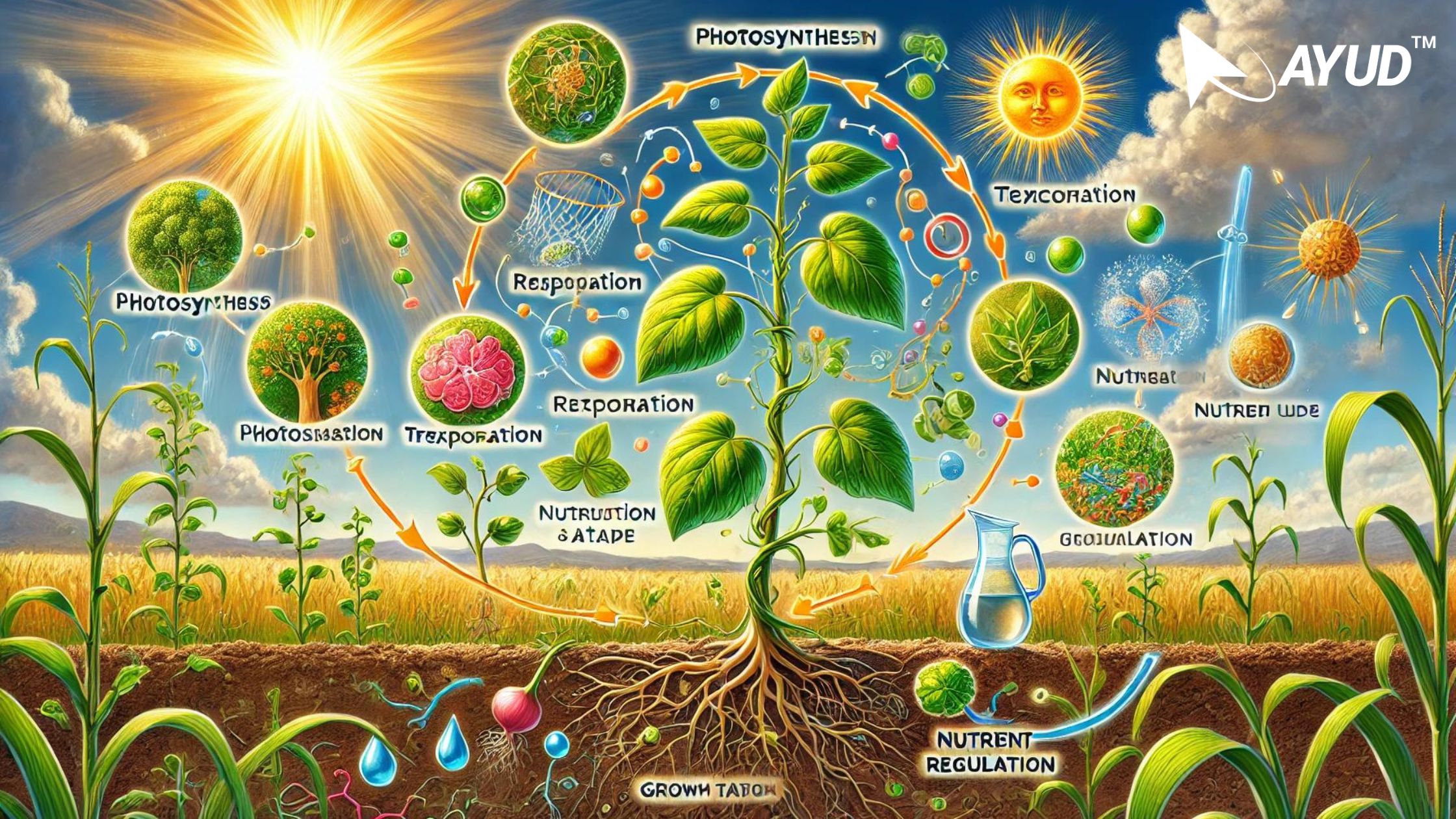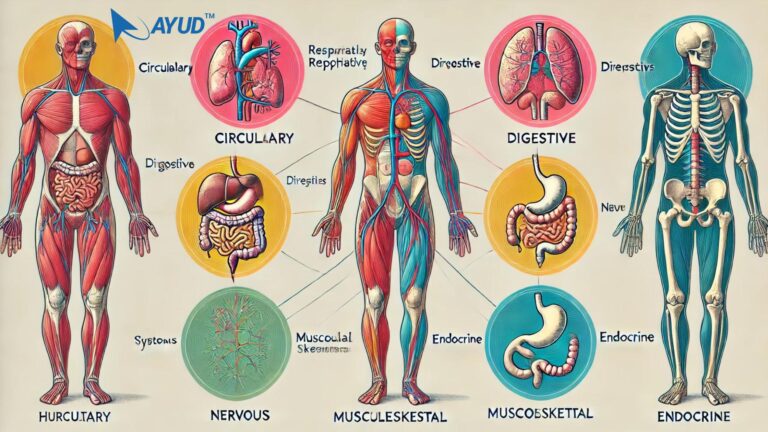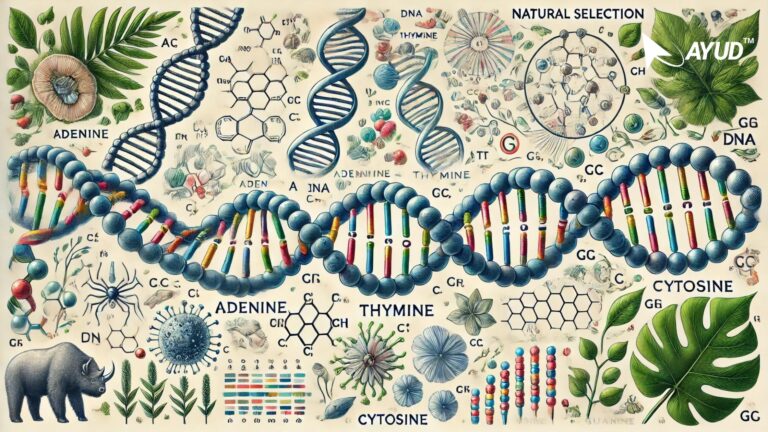Understanding Plant Physiology: A Comprehensive Guide
Understanding Plant Physiology: A Comprehensive Guide
Plant physiology is a fascinating field that explores the vital processes enabling plants to grow, develop, and thrive. Understanding these processes helps us appreciate the intricate mechanisms that sustain plant life and highlights the significance of plants in our ecosystem. Understanding Plant Physiology: A Comprehensive Guide.
Introduction to Plant Physiology
Plant physiology studies how plants function at various levels, from cellular mechanisms to whole-plant interactions with their environment. Key areas include photosynthesis, respiration, transpiration, nutrient uptake, and growth regulation.
Photosynthesis: The Lifeblood of Plants
Photosynthesis is the process by which plants convert light energy into chemical energy. This occurs in the chloroplasts, using chlorophyll to capture light energy. Carbon dioxide and water are transformed into glucose and oxygen, providing energy for the plant and oxygen for the atmosphere.
Real-Life Example:
Imagine a sunflower field. Each sunflower uses photosynthesis to convert sunlight into energy, growing tall and strong. Without this process, the sunflowers wouldn’t bloom, and we’d miss out on their beauty and the seeds they produce.
Respiration: Energy Conversion
While photosynthesis stores energy, respiration releases it. Plants break down glucose molecules to produce ATP (adenosine triphosphate), the energy currency of cells. This process occurs in the mitochondria and is vital for growth and development.
Transpiration: Water Movement
Transpiration is the process of water movement through plants and its evaporation from aerial parts like leaves. It helps regulate temperature and maintains nutrient flow from roots to leaves.
Story:
Consider a large tree in a park. On a hot day, you feel cooler under its shade. This cooling effect is partly due to transpiration, where the tree releases water vapor, cooling the surrounding air. It’s nature’s air conditioning system!
Nutrient Uptake: Feeding the Plant
Plants absorb essential nutrients from the soil through their roots. Macronutrients like nitrogen, phosphorus, and potassium are crucial for growth, while micronutrients like iron and manganese play supportive roles.
Growth Regulation: Hormonal Control
Plant hormones, or phytohormones, regulate growth and development. Auxins, gibberellins, cytokinins, abscisic acid, and ethylene influence processes like cell division, elongation, and fruit ripening.
Practical Applications of Plant Physiology
Understanding plant physiology can enhance agricultural practices, improve crop yields, and develop sustainable farming methods. For instance, knowledge of nutrient uptake helps farmers fertilize crops more effectively, reducing waste and environmental impact.
Real-Life Example:
In drought-prone regions, scientists study plant physiology to breed crops that use water more efficiently. This innovation helps farmers maintain productivity even in challenging conditions, ensuring food security.
The Impact of Plant Physiology on Daily Life
Plant physiology impacts our daily lives in many ways. It influences the food we eat, the air we breathe, and even the clothes we wear (think cotton plants). By understanding these processes, we can make informed choices about gardening, agriculture, and environmental conservation.
Story:
Consider a community garden in an urban area. Volunteers learn about plant physiology to grow vegetables. They apply their knowledge to optimize watering schedules, improve soil health, and maximize harvests. This garden not only provides fresh produce but also educates the community about sustainable practices.
Enhancing Sustainability Through Plant Physiology
Sustainable agriculture relies on a deep understanding of plant physiology. By applying this knowledge, we can develop practices that conserve resources, reduce chemical usage, and promote biodiversity. Techniques like crop rotation, companion planting, and organic farming all benefit from insights into plant physiology.
Conclusion: Embracing Plant Physiology in Everyday Life
Plant physiology is not just an academic subject; it’s a field with practical applications that touch every aspect of our lives. From the food we eat to the air we breathe, understanding how plants function can lead to better decisions in agriculture, gardening, and environmental conservation. By embracing this knowledge, we can contribute to a healthier, more sustainable world.
Actionable Takeaways:
Learn about the plants in your garden or local area. Understand their needs and how they interact with the environment. Support sustainable farming practices by choosing locally-grown, organic produce. Educate others about the importance of plants and how they sustain life on Earth.
By integrating the principles of plant physiology into our daily lives, we can make a significant impact on our environment and well-being. Whether you are a student, gardener, or simply a nature enthusiast, this understanding will empower you to contribute positively to the world around you. Understanding Plant Physiology: A Comprehensive Guide.
#PlantPhysiology #Photosynthesis #SustainableAgriculture #PlantGrowth #BotanyBasics #GreenLiving #EcoFriendlyFarming #GardenTips #UrbanFarming #EnvironmentalScience #ayud #ayudjobs #askayud #MultiLanguageSupport #ResumeBuilder #gotestit #ayudian #ayudblog
Self Evaluation:
GoTestIt – NEET Biology / Plant Physiology
My Goal Tracker – Stage 0 Level 0
https://ayud.page.link/FKNdhbqGxiKWoeL56
How to Use Ayud Jobs: A Comprehensive Guide
Join our what’s app channel for timely updates







